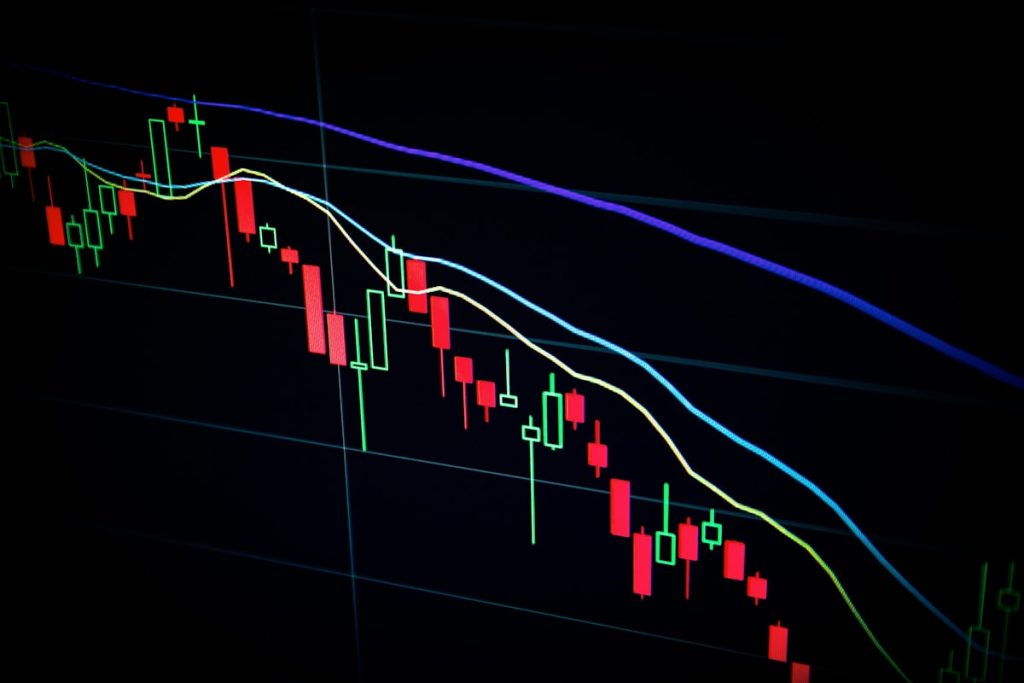Asian Shares Rise as China‑US Talks Conclude Without a Trade Deal
Wall Street and the Shanghai Stock Exchange opened a new chapter on Friday when senior officials from the United States and China wrapped up a series of high‑level talks that ended without a formal trade agreement. Contrary to expectations of a sell‑off, most Asian equity markets posted modest gains, reflecting investors’ relief that the dialogue remained constructive and that the risk of an abrupt escalation was largely mitigated.
Market Reaction Across the Region
Tokyo’s Nikkei 225 edged up 0.6 %, while the Hang Seng Index in Hong Kong climbed 0.9 %. Seoul’s KOSPI posted a 0.5 % rise, and the broader MSCI Asia‑Pacific ex‑Japan index finished the session with a 0.7 % gain. The positive momentum was most pronounced in sectors that had been hit hardest by previous trade‑tension cycles, such as technology, consumer discretionary, and industrials.
Sector Winners and Losers
- Technology: Semiconductor makers and software firms rallied 1.2 % on average, buoyed by expectations that supply‑chain disruptions will not worsen.
- Consumer Discretionary: Luxury and retail stocks rose 0.8 % as investors anticipate steadier demand from Chinese tourists once travel restrictions ease.
- Energy: Oil‑related equities slipped 0.4 % amid lingering concerns about global demand recovery.
- Financials: Regional banks posted a modest 0.3 % gain, reflecting confidence that credit‑risk premiums will remain contained.
Why the Markets Stayed Positive
Analysts point to three key factors that helped cushion the blow of a missing deal. First, the talks were described by both sides as “productive,” suggesting that diplomatic channels remain open. Second, the United States reaffirmed its commitment to a “level playing field” for American firms, easing fears of sudden punitive tariffs. Third, China signaled it would continue to pursue reforms aimed at market access, a signal that investors interpreted as a long‑term win‑win.
Implications for Investors
Portfolio managers are now rebalancing toward assets that stand to benefit from a stable, albeit imperfect, bilateral relationship. Many are increasing exposure to Chinese A‑shares that are less dependent on export‑driven growth, while also tilting toward Japanese exporters that could capture renewed overseas demand. Meanwhile, fixed‑income strategists are keeping a close eye on sovereign yields, as any shift in policy expectations could quickly alter the risk‑on/risk‑off dynamics that dominate Asian markets.
Policy Outlook and Future Negotiations
Both governments have pledged to reconvene later in the year, with a particular focus on intellectual‑property protections, technology transfer, and agricultural tariffs. The absence of a deal this time does not signal a dead end; rather, it underscores the complexity of the issues at hand. Market participants will watch for any softening of rhetoric, as well as for concrete steps—such as the reduction of export controls on semiconductors—that could pave the way for a more comprehensive agreement.
Historical Context
Previous rounds of China‑US trade talks have produced mixed outcomes. The 2019 “Phase One” deal delivered a modest tariff rollback failed to resolve deeper structural concerns. The current round mirrors that pattern: progress on confidence‑building measures without a binding pact. History suggests that even limited breakthroughs can stabilize markets, a lesson reflected in today’s price action.
Conclusion
While the lack of a definitive trade deal may disappoint policymakers, Asian equities have demonstrated resilience by closing higher across the board. The market’s optimism rests on the belief that dialogue will continue, that escalation risks are limited, and that both economies will find pathways to mutual benefit. For investors, the message is clear: stay diversified, monitor policy cues closely, and be prepared to adjust as the next round of negotiations unfolds.



